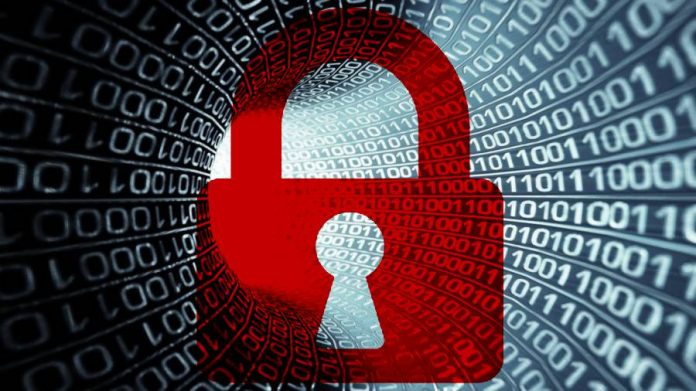
Without a doubt, 2016 has been the year of ransomware. This type of cyber attack, which forces a user to pay in exchange for the retrieving of encrypted files, was the weapon of choice in many large-scale hacks and malware developments.
From the hijack of the San Francisco light-rail system to Facebook Messenger threats and forced infection a close one’s PC, ransomware has been making it to the headlines all year, entering public opinion after a September report on malware issued by Europol.
This type of malware is currently the most common threat lurking the web, but it is still a piece of software. There are many steps that concerned users can take to defend themselves from this and other threats.
Ransomware in a nutshell
A September post by cybersecurity blogger Brian Krebs also contributed to highlighting the dangers (and reach) of this virus.
In an interview with an undisclosed acquaintance who worked at a financial services company, the latter admitted he had been the victim of a particularly malicious strain of ransomware.
The company he worked for was on the verge of potentially losing millions of dollars worth of user data, and immediately authorized several bitcoin payments to perpetrators while simultaneously attempting to quarantine the malware infection.
At that time, Krebs predicted ransomware was going to lead the next generation of malware. Efficient, easy to build, and relying more on the worst forms of coercion than on software engineering itself.

Even the FBI has issued warnings on ransomware, detailing its many shapes and qualities. The Symantec database for malware updates with more and more instances of this virus, the last six appearing in the earlier this month and in November.
Trend Micro joined ‘No More Ransom’ and to develop a tool that can help ransomware victims
Earlier in July, Russian multinational Kaspersky, Europol, Intel, and the Dutch National High Tech Crime Unit banded together to form the No More Ransom initiative.
The goal of this group is to provide the general public with reliable and updated information on the latest ransomware threats and how to counter them.
American (but Tokyo-based) cyber security company Trend Micro recently became a part of No More Ransom, looking to provide potential victims with malware decryption tools. No More Ransom has 30 different members from both the private and public sector.
https://t.co/vexl1WRg9e: 30 ? partners! More decryption tools & languages to better fight #ransomware https://t.co/t7mxF9IhyP #NoMoreRansom pic.twitter.com/48PSOvz5Gc
— Europol (@Europol) December 15, 2016
A recent IBM study revealed the fight against this threat its still in its early stages, with very few users being familiar with the term and most businesses paying the bill up front.
Source: Tech Republic










